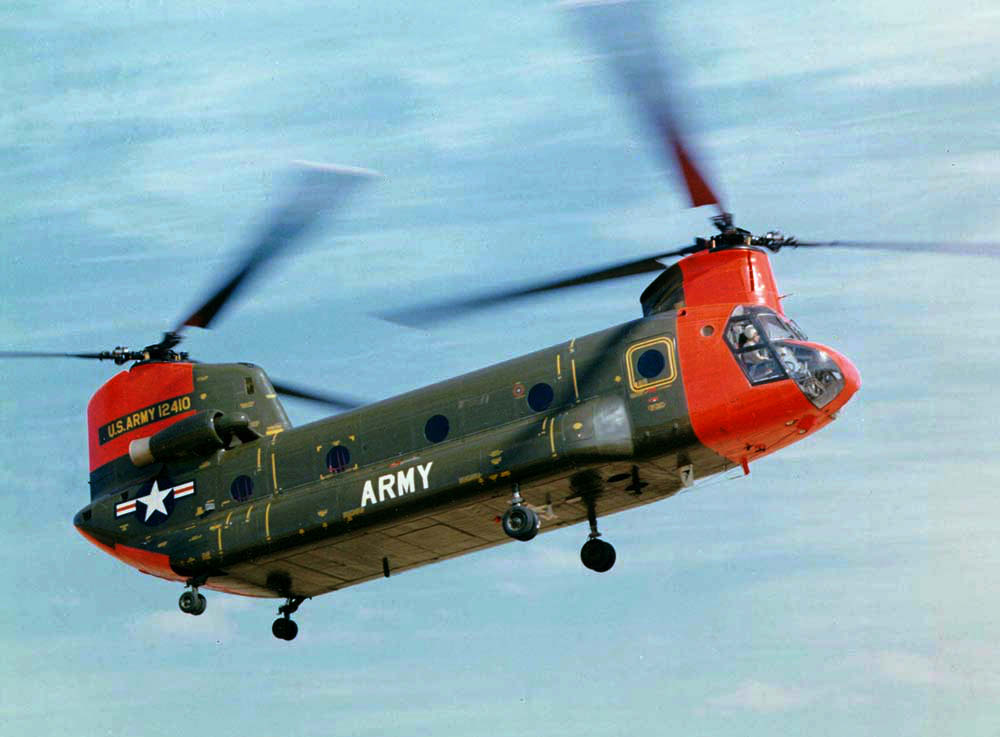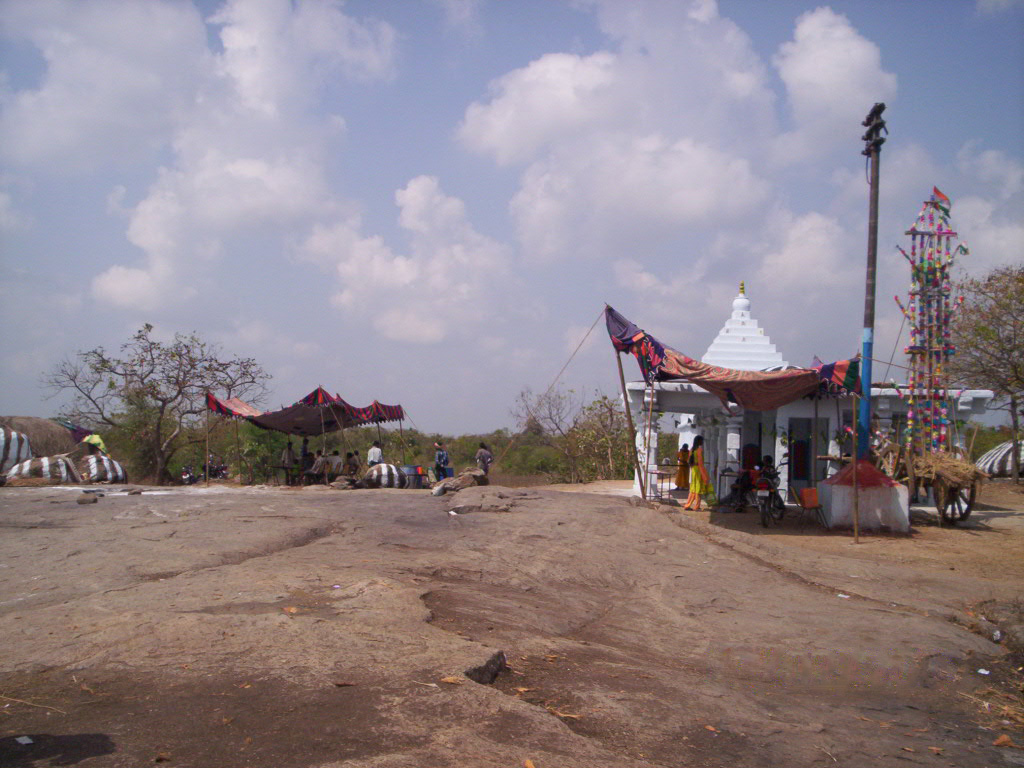|
Restrepo (film)
''Restrepo'' is a 2010 American documentary film about the War in Afghanistan directed by British photojournalist Tim Hetherington and American journalist Sebastian Junger. It explores the year that Junger and Hetherington spent, on assignment for '' Vanity Fair'', in Afghanistan's Korengal Valley, embedded with the Second Platoon, B Company, 2nd Battalion, 503rd Infantry Regiment, 173rd Airborne Brigade Combat Team of the U.S. Army. The Second Platoon is depicted defending the outpost (OP) named after a platoon medic who was killed earlier in the campaign, PFC Juan Sebastián Restrepo, who was a Colombian-born naturalized U.S. citizen. The directors stated that the film is not a war advocacy documentary, they simply "wanted to capture the reality of the soldiers." Synopsis After some footage of four inebriated soldiers shot by PFC Juan Sebastián Restrepo a week before deployment, text is displayed that reads: "In May 2007, the men of Second Platoon, Battle Company bega ... [...More Info...] [...Related Items...] OR: [Wikipedia] [Google] [Baidu] |
Sebastian Junger
Sebastian Junger (born January 17, 1962) is an American journalist, author and filmmaker who has reported in-the-field on dirty, dangerous and demanding occupations and the experience of infantry combat. He is the author of '' The Perfect Storm: A True Story of Men Against the Sea'' (1997) which was adapted into a major motion picture and led to a resurgence in adventure creative nonfiction writing. He covered the War in Afghanistan for more than a decade, often embedded in dangerous and remote military outposts. The book ''War'' (2010) was drawn from his field reporting for ''Vanity Fair'', that also served as the background for the documentary film '' Restrepo'' (2010) which received the Grand Jury Prize for best documentary at the 2010 Sundance Film Festival. Junger's works explore themes such as brotherhood, trauma, and the relationship of the individual to society as told from the far reaches of human experience. Background Junger was born in Belmont, Massachusetts, ... [...More Info...] [...Related Items...] OR: [Wikipedia] [Google] [Baidu] |
Tim Hetherington
Timothy Alistair Telemachus Hetherington (5 December 1970 – 20 April 2011) was a British photojournalist. He produced books, films and other work that "ranged from multi-screen installations, to fly-poster exhibitions, to handheld device downloads" and was a regular contributor to '' Vanity Fair''. He was best known for the documentary film '' Restrepo'' (2010), which he co-directed with Sebastian Junger. ''Restrepo'' won the Grand Jury Prize for best documentary at Sundance Film Festival 2010 and was nominated for an Academy Award for Best Documentary Feature in 2011. Hetherington won various awards including the 2008 World Press Photo of the Year.Tim Hether ... [...More Info...] [...Related Items...] OR: [Wikipedia] [Google] [Baidu] |
Operation Rock Avalanche
Operation Rock Avalanche was a six-day, US-led offensive from 19 to 25 October 2007, with the purpose of hunting Taliban fighters in the Korengal Valley of Afghanistan. The mission also aimed to establish a peace with the local populace so that a road could be safely built through the area by the Afghan government. Over the course of the operation, a series of running battles occurred with members of the Taliban, as well as with local tribesmen. U.S. Army Paratrooper Salvatore Giunta would be awarded the Medal of Honor for his actions during combat between U.S. forces and local Afghans. Background The U.S. had struggled for some time to establish itself as a force within the valley. Long considered to be a Taliban stronghold, the Korengal Valley was nicknamed the "Valley of Death" by U.S. forces due to the dangers associated with being stationed there, with sometimes as many as a dozen firefights per day. Spearheaded by Captain Louis Frketic of A Company and Captain Dan Kearne ... [...More Info...] [...Related Items...] OR: [Wikipedia] [Google] [Baidu] |
Taliban
The Taliban (; ps, طالبان, ṭālibān, lit=students or 'seekers'), which also refers to itself by its state name, the Islamic Emirate of Afghanistan, is a Deobandi Islamic fundamentalist, militant Islamist, jihadist, and Pashtun nationalist political movement in Afghanistan. It ruled approximately three-quarters of the country from 1996 to 2001, before being overthrown following the United States invasion. It recaptured Kabul on 15 August 2021 after nearly 20 years of insurgency, and currently controls all of the country, although its government has not yet been recognized by any country. The Taliban government has been criticized for restricting human rights in Afghanistan, including the right of women and girls to work and to have an education. The Taliban emerged in September 1994 as one of the prominent factions in the Afghan Civil War and largely consisted of students () from the Pashtun areas of eastern and southern Afghanistan who had been educa ... [...More Info...] [...Related Items...] OR: [Wikipedia] [Google] [Baidu] |
Improvised Explosive Device
An improvised explosive device (IED) is a bomb constructed and deployed in ways other than in conventional military action. It may be constructed of conventional military explosives, such as an artillery shell, attached to a detonating mechanism. IEDs are commonly used as roadside bombs, or homemade bombs. IEDs are generally done in these terrorism operations or in asymmetric unconventional warfare by insurgent guerrillas or commando forces in a theatre of operations. In the Iraq War (2003–2011), insurgents used IEDs extensively against U.S.-led forces and, by the end of 2007, IEDs were responsible for approximately 63% of coalition deaths in Iraq. They were also used in Afghanistan by insurgent groups, and caused over 66% of coalition casualties in the 2001–2021 Afghanistan War. IEDs were also used frequently by the Liberation Tigers of Tamil Eelam (LTTE) in Sri Lanka during the Sri Lankan Civil War. Background An IED is a bomb fabricated in an improvised ma ... [...More Info...] [...Related Items...] OR: [Wikipedia] [Google] [Baidu] |
Humvee
The High Mobility Multipurpose Wheeled Vehicle (HMMWV; colloquial: Humvee) is a family of light, four-wheel drive, military trucks and utility vehicles produced by AM General. It has largely supplanted the roles previously performed by the original jeep, and others such as the Vietnam War-era M151 jeep, the M561 "Gama Goat", their M718A1 and M792 ambulance versions, the Commercial Utility Cargo Vehicle, and other light trucks. Primarily used by the United States military, it is also used by numerous other countries and organizations and even in civilian adaptations. The Humvee saw widespread use in the Gulf War of 1991, where it navigated the treacherous desert terrain; this usage helped to inspire civilian Hummer versions. The vehicle's original unarmored design was later seen to be inadequate. The vehicle was found to be particularly vulnerable to improvised explosive devices in the Iraq War. The U.S. hastily up-armored select models and replaced front-line units with ... [...More Info...] [...Related Items...] OR: [Wikipedia] [Google] [Baidu] |
Shootout
A shootout, also called a firefight or gunfight, is a fight between armed combatants using firearms. The term can be used to describe any such fight, though it is typically used to describe those that do not involve military forces or only involve firearms (thus excluding crew-served weapons, combat vehicles, armed aircraft, or explosives). Shootouts often pit law enforcement against criminals, though they can also involve groups outside of law enforcement, such as rivalling gangs, militias, or individuals. Military combat situations are rarely called "shootouts", and are almost always considered battles, engagements, or skirmishes. Shootouts are often depicted in action films, Westerns, and video games. Notable shootouts in the United States and territories Gunfight on Vine Street May 30, 1856. The Gunfight involved Judge Bird, Dr. Troy, Dr. Hunter, Colonel John R. Bell and his two sons (Charles and John Bell) and took place in Cahaba, Alabama, the former State C ... [...More Info...] [...Related Items...] OR: [Wikipedia] [Google] [Baidu] |
Boeing CH-47 Chinook
The Boeing CH-47 Chinook is a tandem rotor helicopter developed by American rotorcraft company Vertol and manufactured by Boeing Vertol. The Chinook is a heavy-lift helicopter that is among the heaviest lifting Western helicopters. Its name, Chinook, is from the Native American Chinook people of Oregon and Washington state. The Chinook was originally designed by Vertol, which had begun work in 1957 on a new tandem-rotor helicopter, designated as the Vertol Model 107 or V-107. Around the same time, the United States Department of the Army announced its intention to replace the piston engine–powered Sikorsky CH-37 Mojave with a new, gas turbine–powered helicopter. During June 1958, the U.S. Army ordered a small number of V-107s from Vertol under the ''YHC-1A'' designation; following testing, it came to be considered by some Army officials to be too heavy for the assault missions and too light for transport purposes. While the YHC-1A would be improved and adopted by t ... [...More Info...] [...Related Items...] OR: [Wikipedia] [Google] [Baidu] |
Outpost (military)
A military outpost is detachment of troops stationed at a distance from the main force or formation, usually at a station in a remote or sparsely populated location, positioned to stand guard against unauthorized intrusions and surprise attacks; and the station occupied by such troops, usually a small military base or settlement in an outlying frontier, limit, political boundary or in another country. Outposts can also be called miniature military bases based on size and number of troops it houses. Dictionary meaning: Outpost TheFreeDictionary; An online Dictionary and Thesaurus Recent military use Military outposts, most recently referred to as combat outposts (COPs), served as a cornerstone of counterinsurgency doctrine in Iraq and Afghanistan. These permanent or semi-permanent ...[...More Info...] [...Related Items...] OR: [Wikipedia] [Google] [Baidu] |
Pakistan
Pakistan ( ur, ), officially the Islamic Republic of Pakistan ( ur, , label=none), is a country in South Asia. It is the world's List of countries and dependencies by population, fifth-most populous country, with a population of almost 243 million people, and has the world's Islam by country#Countries, second-largest Muslim population just behind Indonesia. Pakistan is the List of countries and dependencies by area, 33rd-largest country in the world by area and 2nd largest in South Asia, spanning . It has a coastline along the Arabian Sea and Gulf of Oman in the south, and is bordered by India to India–Pakistan border, the east, Afghanistan to Durand Line, the west, Iran to Iran–Pakistan border, the southwest, and China to China–Pakistan border, the northeast. It is separated narrowly from Tajikistan by Afghanistan's Wakhan Corridor in the north, and also shares a maritime border with Oman. Islamabad is the nation's capital, while Karachi is its largest city and fina ... [...More Info...] [...Related Items...] OR: [Wikipedia] [Google] [Baidu] |
Kunar River
The Kūnaṛ River ( ps, د کونړ سيند), also known in its upper reaches as the Mastuj ( ps, مستوج سين), Chitral ( khw, کونڑ سين; ur, دریائے کونڑ), or Kama River ( khw, کامې سين), is about long, located in eastern Afghanistan ( Nuristan, Kunar, Nangarhar) and northern Pakistan (Khyber Pakhtunkhwa). It emerges just south of the Broghil Pass, in the upper part of Chitral District of Khyber Pakhtunkhwa near the Afghan border. The river system is fed by melting glaciers and snow of the Hindu Kush mountains. The Kunar River is a tributary of the Kabul River, which is in turn a tributary of the Indus River. Origin and course of flow The river rises in the far north glaciated Hindu Kush mountains of Chitral, Khyber Pakhtunkhwa, Pakistan. Downstream as far as the town of Mastuj it is known as the "Mastuj River" from there to its confluence with the Lotkoh River just north of the important regional centre of Chitral. It is then called ... [...More Info...] [...Related Items...] OR: [Wikipedia] [Google] [Baidu] |
_-_Flickr_-_Web-Betty.jpg)






